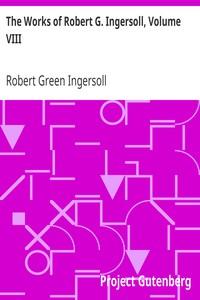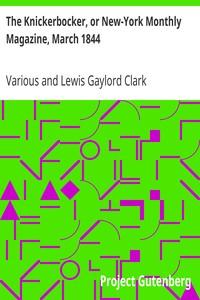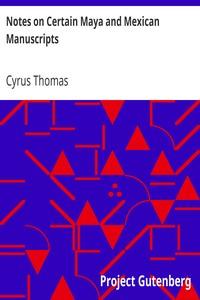|
|
Read this ebook for free! No credit card needed, absolutely nothing to pay.Words: 216009 in 53 pages
This is an ebook sharing website. You can read the uploaded ebooks for free here. No credit cards needed, nothing to pay. If you want to own a digital copy of the ebook, or want to read offline with your favorite ebook-reader, then you can choose to buy and download the ebook.

: The Works of Robert G. Ingersoll Volume VIII. Interviews by Ingersoll Robert Green - Free thought@FreeBooksTue 06 Jun, 2023 TOLSTOY'S INTERPRETATION OF MONEY AND PROPERTY MILIVOY S. STANOYEVICH, M.L. Reprinted from "Liberty", December, 1916. Liberty Publishing Co. Oakland, Cal. TOLSTOY'S INTERPRETATION OF MONEY AND PROPERTY A. Interpretation of Money. Assuming that our society may exist without positive laws it could also exist without money. The Russian reformer, Leo N. Tolstoy, is consistent with his doctrine of social reform. According to him enacted law is violence, private property is evil, and subsequently "money as a centre around which economic science clusters" cannot be anything else, but a medium of oppression. Describing the economic nature and offices performed by money, he dissents widely from the politico-economists and disapproves of their teachings on the same subject-matter. First, money is sometimes used to describe all media of exchange--gold, silver, paper, checks, bank drafts or the deposits which they represent, commercial bills of exchange, and even corporation stocks. These things all effect exchanges; in a way they all relieve the difficulties of barter. But this definition, however, is too inclusive, Prof. Kinley contends. It is inclusive because all mentioned articles do not attain the character of media of exchange because there is a demand for them for that purpose primarily. The medium of exchange includes money but its content is greater than that of money. All money can be a medium of exchange but all medium of exchange is not money. Second, at the other extreme is a set of definitions which would restrict money to what may be called commodity money. Those who hold this view insist that money is an article of direct utility with specific value based on its direct services for consumption. They hold that it must have value due to a demand for other than a monetary system. The implication is that in the absence of this other demand the article would not have any value and therefore could not properly serve as a measure of value. This view of the nature of money is definite and clear-cut, but it is not correct because the article has value if there is a demand for it, whatever the reason for that demand. Third, between these two extremes fluctuates the view that all media of exchange and payment, whose acceptance the law requires in discharge of debts, may properly be called money. This definition confines to standard money, or inconvertible paper, if it were legal tender. Both kinds of money circulate without reference to the possibility of recovering their value from the payer if they should fail to pass, and their value as money depends entirely on the fact that they are generally acceptable in exchange. Taking now in view these three standpoints of the nature of money, we could define it in these words: Legal tender, inconvertible paper, and all commodities which are used as general circulating and paying media, are properly called money. Free books android app tbrJar TBR JAR Read Free books online gutenberg More posts by @FreeBooks
: The Coast of Chance by Chamberlain Esther Chamberlain Lucia Underwood Clarence F Illustrator - Love stories; Theft Fiction; Mystery fiction@FreeBooksTue 06 Jun, 2023

: The Knickerbocker or New-York Monthly Magazine March 1844 Volume 23 Number 3 by Various Clark Lewis Gaylord Editor - Periodicals The Knickerbocker@FreeBooksTue 06 Jun, 2023

: The True Story of Our National Calamity of Flood Fire and Tornado by Marshall Logan - Floods Ohio River Valley; Omaha (Neb.) Tornado 1913@FreeBooksTue 06 Jun, 2023
|
Terms of Use Stock Market News! © gutenberg.org.in2025 All Rights reserved.






